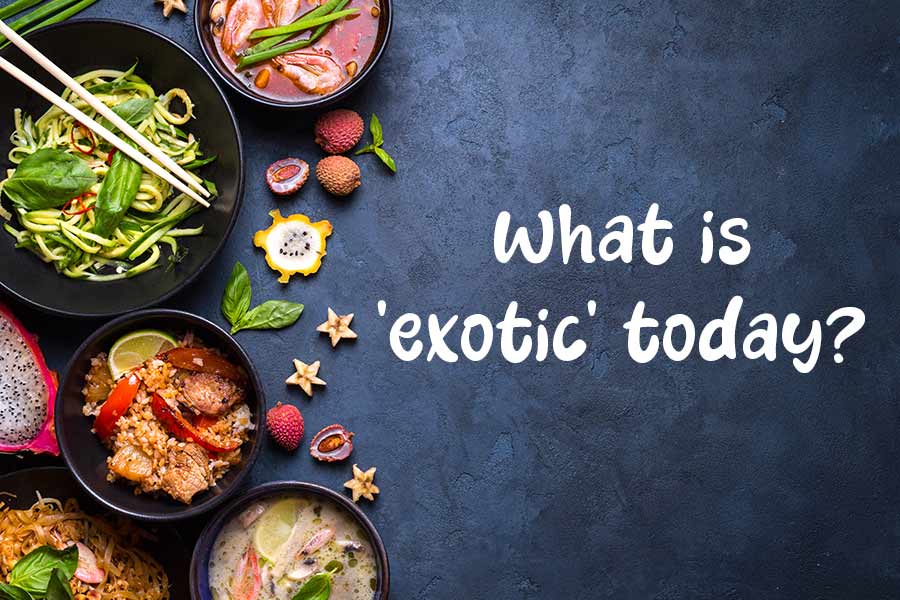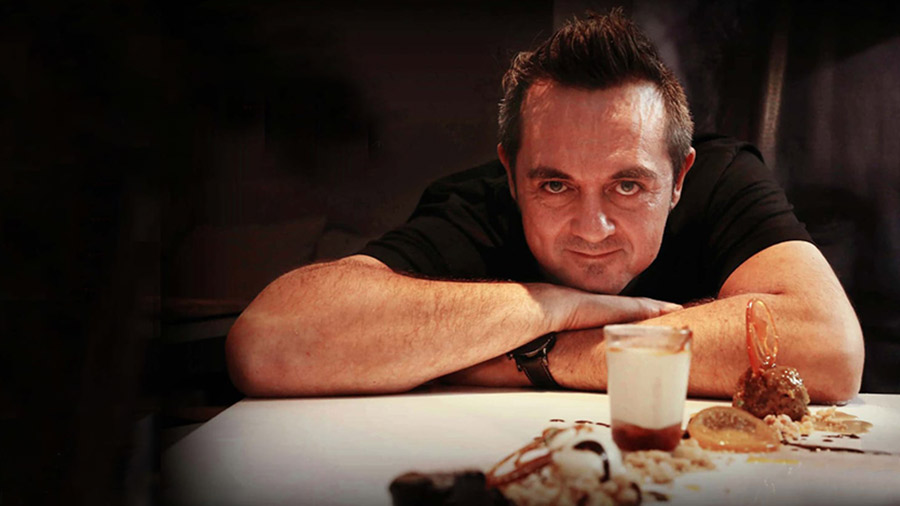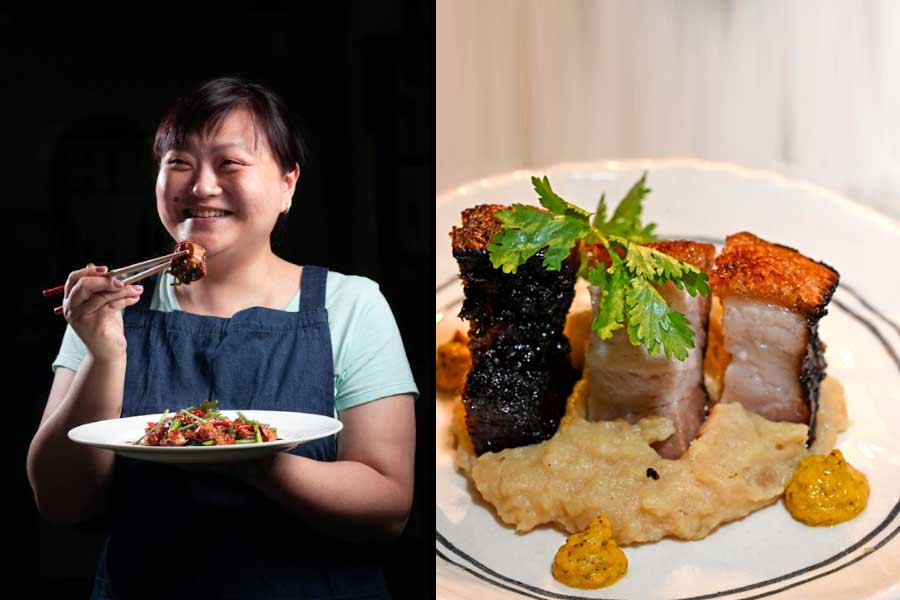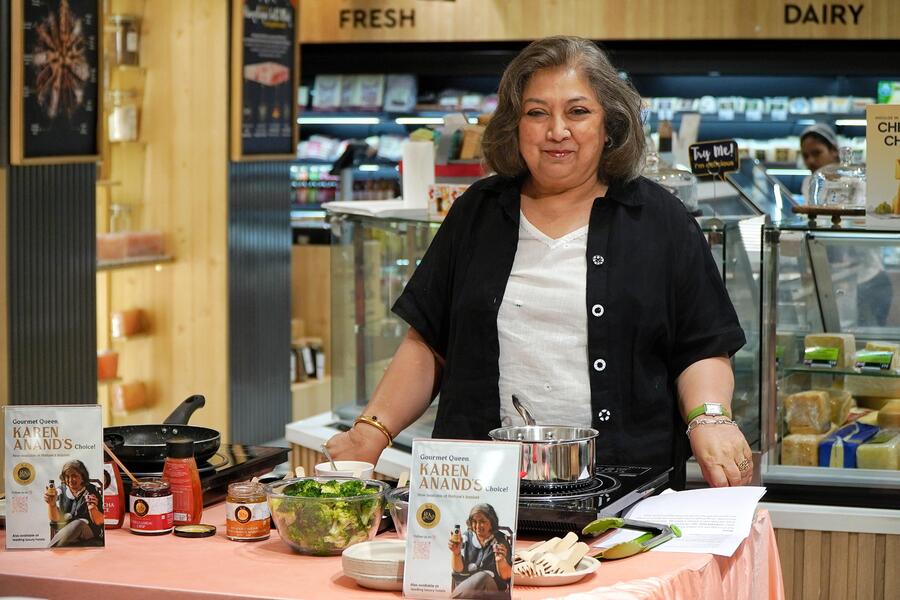What comes to your mind when you hear the term ‘exotic food’? Is it dragon fruit from Thailand or truffles from the Mediterranean? The Oxford Dictionary states, “exotic is defined as something originating in or characteristic of a distant foreign country.” In the context of food, it can also refer to something that is not easily available and often imported.
In today’s world, where almost anything, from anywhere in the world, is easily available online or at the nearest supermarket, are exotic ingredients really ‘exotic’ anymore? My Kolkata spoke to four popular chefs from Kolkata to understand what ‘exotic food’ is nowadays.
‘There are fewer and fewer exotic things today’

Chef Shaun Kenworthy
Chef Shaun Kenworthy has been living and working in India for 25 years, working in and with kitchens not only in Kolkata, but around the world. In recent times, he has been pioneering seasonal and hyperlocal ingredients at his tables, and in the videos he creates for his followers online.
For Kenworthy, the word ‘exotic’ has always been a relative term, shaped by geography, culture, and availability. When he first started working at a restaurant in India, he remembers the owner and the F&B manager constantly asking for something ‘exotic’ for the menu. “Coming from the West, I thought they meant ingredients from the East — things that felt rare and unfamiliar to me. But for them, exotic meant European ingredients, which didn’t feel exotic to me at all,” he said.
The evolution of global food supply chains has made once-rare ingredients widely available, and sourcing specialty items from around the world is now easier. “If I’m doing a wedding in Kolkata and I want any ingredient from anywhere in the world, I can get in within 36 hours,” Kenworthy explained. “So exotic once meant something you couldn’t find. Now, there are fewer and fewer exotic things every year.”

West Bengal’s indigenous Bandel Cheese is one of the exotic foods Shaun Kenworthy has taken around the world Wikimedia Commons
West Bengal has also offered Kenworthy a treasure trove of lesser-known local delights that he feels are exotic for other regions in the country. “I’ve literally taken Bengal’s Bandel Cheese around the world for the last 20 years. Now it’s trending. But earlier, nobody really cared for it,” he noted, adding that his other favourite Bengali ingredients include Gondhoraj limes, Goynabori, and farmed duck from Kolkata.
India is experiencing a shift toward hyperlocal sourcing and Kenworthy fully embraces it. “In my mind, the most exotic way to cook is to focus on local produce,” he summed up.
‘Food revolution has shifted the focus toward local produce’

Home chef Sayani Sengupta
Home chef Sayani Sengupta owns Gooseberri, a catering service in Kolkata and she is a team leader of chef volunteers for the Millet Revival Project of The Locavore, the brainchild of well-known chef Thomas Zacharias. Sayani has also been using hyperlocal ingredients in her curated menus.
She feels that a couple of decades ago, the term ‘exotic’ referred to ingredients that were imported or difficult to source — rare fruits, cheese, spices, and meats. But the advancements in technology, agriculture, e-commerce and global trade have made these once-exclusive ingredients easily accessible. More importantly, a food revolution in India has shifted focus toward local produce with global and innovative techniques.
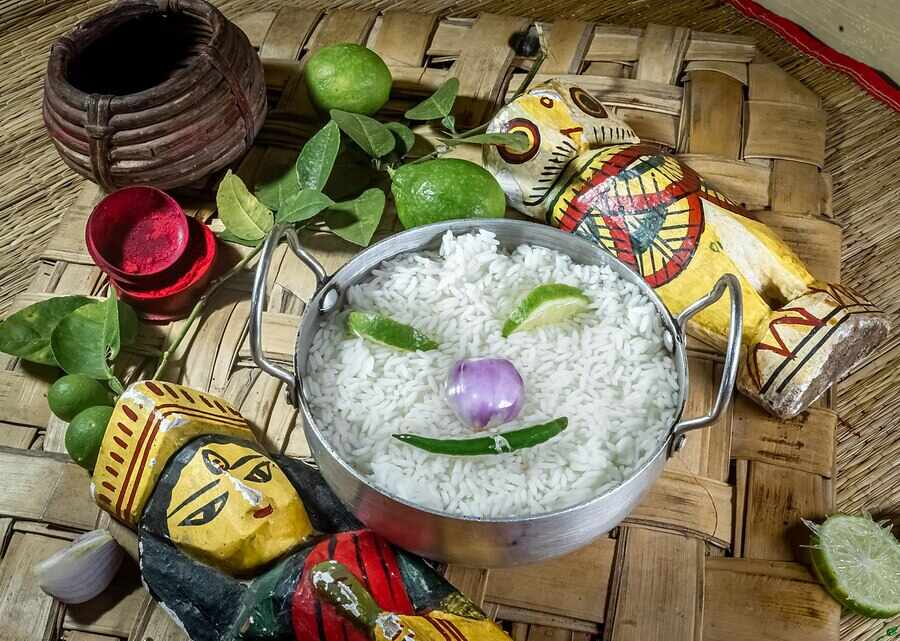
Sayani Sengupta’s menus often feature hyperlocal varieties of rice from West Bengal — an ingredient she considers exotic Wikimedia Commons
“The new approach to food is all about improvisation and vision,” she said, emphasising how modern fine-dining is embracing India’s regional ingredients with newer perspectives. The essence of her own culinary philosophy lies in innovation and accessibility. “I believe in one thing — innovation in food,” she stated.
At Gooseberri, she curates menus that are budget-friendly yet globally inspired, using seasonal and forgotten grains like millets and diverse rice varieties. “For me, exotic means making the most of our land’s humble produce with a touch of creativity,” she added.
‘Exotic food isn’t just about rarity — it’s about history’

Home chef Katherine Lim
“I remember when avocados and broccoli were considered exotic in India, and now they’re everywhere!” said home chef Katherine Lim, who has been promoting Hakka cuisine in Kolkata and the country. With the rise of global cuisine in India, the idea of exotic food has expanded beyond international flavours.
What’s truly revolutionary, according to Katherine, is the rediscovery of India’s micro-regional cuisines, with forgotten traditional dishes and techniques finding their way to mainstream dining. “We are suddenly discovering ‘exotic’ dishes that our ancestors had been eating all their lives,” she noted.

As a Chinese born and brought up in Kolkata, traditional dishes with a history like the Hakka abacus seeds are exotic for chef Katherine Lim Shutterstock
As a Chinese born and brought up in India, for Katherine, exotic food isn’t just about rarity, but about history. “When I first started researching food habits of Hakkas around the world, it seemed pretty exotic to me,” she recalled. She remembers when she first tasted abacus seeds or suan pan zi — traditional Hakka dumplings made with taro or tapioca flour — for the first time in Singapore. “The flavours were a bomb! I couldn’t believe Hakkas in India didn’t know about this dish!”
Katherine believes that any dish, cuisine, or ingredient with deep historical roots is exotic. “Foods or ingredients that people have been eating for centuries, those that may have been lost over time, are the new ‘exotic’ in my opinion,” she summed up.
‘What is available naturally and seasonally is exotic’
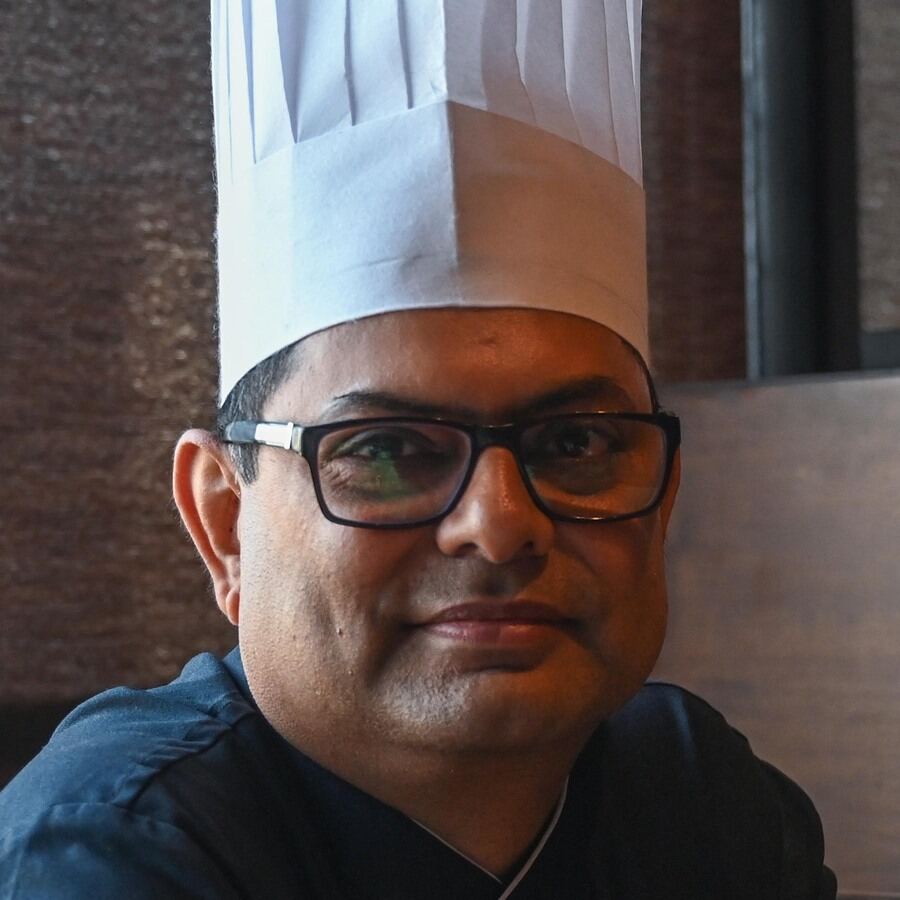
Executive chef Indraneel Bhattacharya
Corporate executive chef at Specialty Restaurants, Indraneel Bhattacharya, defines seasonal and organic food as ‘exotic’. He agrees that the definition of the word is changing, but not always for the good. “People are using science to defy nature in many ways, and food is no exception. Many exotic fruits and vegetables are now grown in our country, but their natural growth is meddled with for mass production and availability. Take cauliflower, for example — it is a winter vegetable, but it is now available all-year round. Even a summer fruit like mango can now be found in other seasons. What we eat today is largely genetically modified,” said the chef.
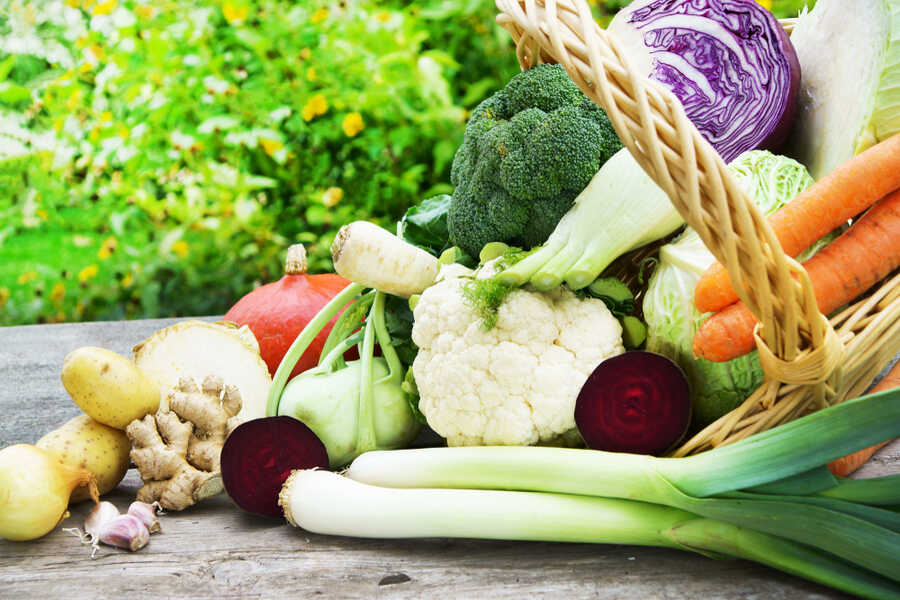
Seasonality of ingredients is what makes them exotic, says chef Indraneel Bhattacharya Shutterstock
For Bhattacharya, seasonal and natural produce is exotic. “Nature provides ingredients best suited to a region’s geography, and no amount of chemical modification can truly replicate that. For me, exotic is the seasonal, fresh produce — naturally available at the right time or season, and in the right place.”
